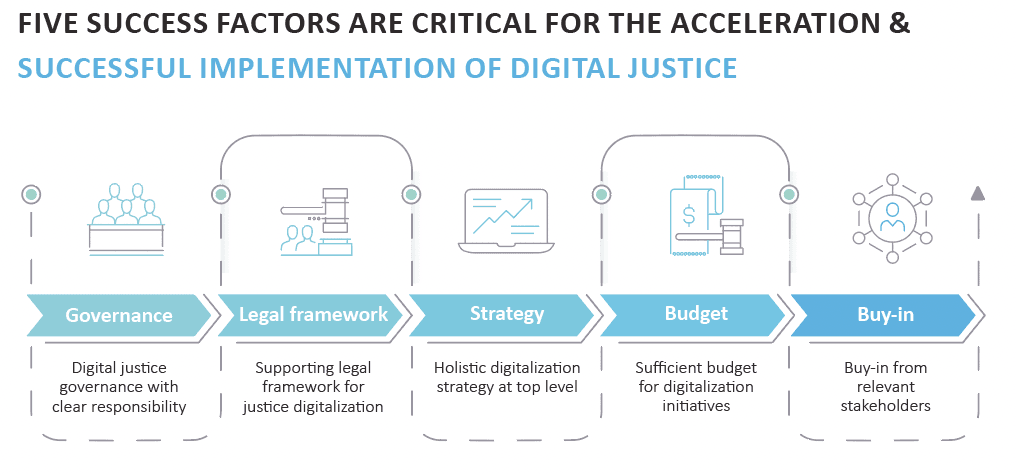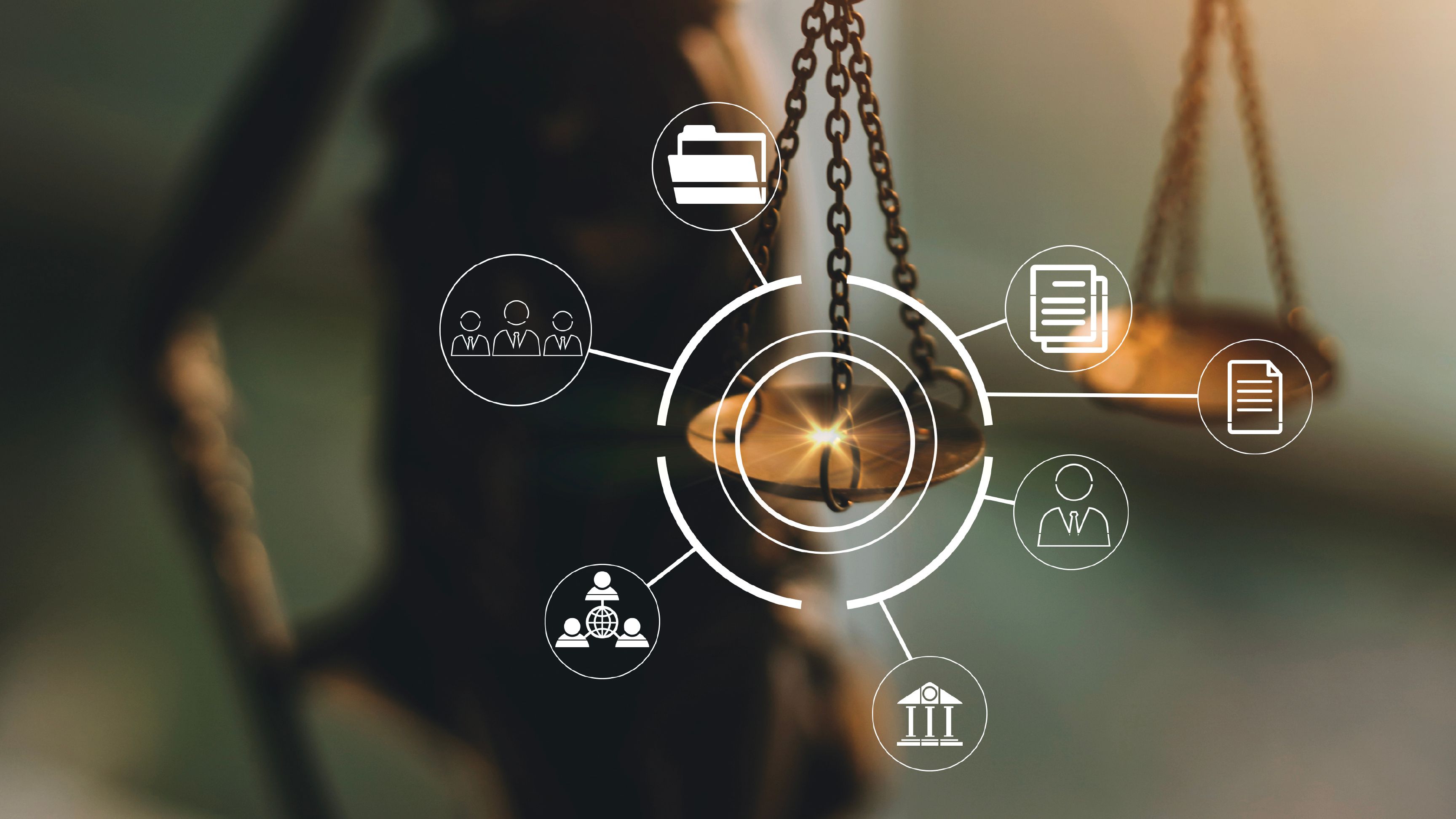
Blog
Learnings from the best in class nations in Digital Justice

First and foremost, the digitalization of justice systems is a monumental but ultimately very rewarding task. It has the potential for some quick wins but requires stamina and extraordinary skill to coordinate large-scale projects. Public institutions should employ state-of-the-art tools from software development, such as agile development, and place an emphasis on user-centricity and defining use cases early on. In many constellations, off-the-shelf software can enable a fast rollout, and countries have been successful in adapting existing processes to available software (not vice versa). Change management and, more specifically, setting the right, optimistic, and problem-oriented mindset, have often proven to be crucial.

Finally, most large-scale advances have taken years and sometimes decades to fully materialize. As the above examples demonstrate, it pays to start digitalization initiatives and pursue them continuously.
All of our focus countries strongly benefit from their past commitment. Some are able to punch above their weight, reaping reputation gains and attracting businesses and commercial activity. These benefits can serve as a motivation for another success factor: stakeholder buy-in, and specifically high-level political and administrative support. For digital justice reform, inclusion in a larger government-level strategy can be disproportionately helpful, and particularly high impact is often linked to bold ambition from a passionate leader at the cabinet member or supreme court level.
The Future of Digital Justice
For digital justice systems to improve worldwide, we need to take two important steps. The first is to describe the space of possible future digitalization developments so we can determine how far exactly we want to go. Then we must map out the way ahead, with a full understanding of what it will require to get there.

As the international best practices in our focus countries demonstrate, meaningful progress toward digital justice systems is possible and desirable but getting there requires resources and perseverance. Both are substantially easier to acquire and maintain when following a clear vision.
The justice system of the future is rooted in the fundamental values and achievements of civilization, which are the components of a modern understanding of the rule of law: equality before the law, laws that are publicly disclosed, transparent, and applied proactively (never retroactively), consistent laws and processes, and an independent judiciary.
In these regards, it mirrors current justice systems, but it also improves and repairs current systems that cannot handle increasing legal complexity (see above). In the future, courts will no longer be only physical locations and centralized institutions that require personal interaction and primarily synchronous communication.
Instead, most of the legal disputes are now initiated online, just as most conflicts are settled without a physical hearing. When required by the court, trials are held in person, but the default would be remote participation, thereby avoiding lengthy commutes and potentially intimidating situations for parties.
As businesses—accelerated by the COVID-19 pandemic—are shifting toward remote work, people have become increasingly comfortable with conducting important business from home.

